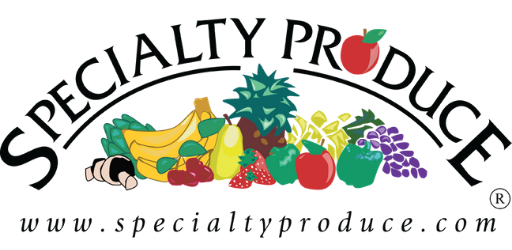99 percent of the U.S. corn crop is actually maize (or field corn), not the sweet corn that we are accustomed to. Of the annual production of corn produced, 333 billion pounds of it is dedicated to feed corn. 179 billion pounds are diverted (and government mandated) to ethanol. 28 billion pounds are dedicated to high fructose corn syrup, while only 11 billion pounds end up in our cereals.
Commodity speculation and fuel costs have driven up prices. The world relies far too heavily on far too few crops (supply v. demand). Farm subsidies are given to big business farmers while the poor farmers, especially in developing nations struggle daily, never seeing a subsidy for their crops. Countries have began hoarding in fear of shortages while also attempting to combat food prices which effectually spikes future prices. Those countries so dependent on imports who have insufficient or infertile land conditions are generally the poorest countries who are unable to develop proper farming infrastructure.
What does this all mean? We need a 21st century solution to a growing problem of supply and demand, imbalance in farm subsidies and imbalance of trade. Food diversification, farming incentives, smarter globally-minded policies and a clear understanding that communities can feed communities are some practices that could lead to a solution. We are on the edge, either on the brink or at a turning point in the global food landscape. We can choose to ignore the realities or we can choose to be a part of the solution.
